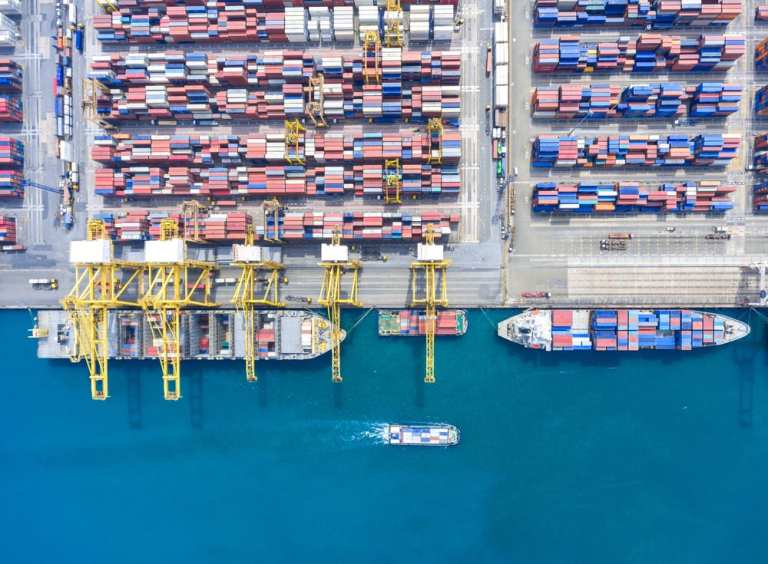Digitization has opened up the floodgates for small and medium-sized businesses (SMBs) looking to do business with partners across borders, whether that’s as buyers, sellers, third-party logistics providers or other vital counterparties that keep the international trade wheels turning.
But when doing business abroad, often with large multinational corporations (MNCs), smaller firms can struggle to access the resources they need to level the playing field with their larger counterparts, from workflow technologies to trade finance. The global pandemic has only exacerbated many of these challenges for SMBs as supply chain disruptions, market volatility and the risks of fraud all rise.
Luckily, trade and trade finance innovation is accelerating to tackle these pain points at a time when seamless cross-border trade is vital. In a recent interview with PYMNTS, Kountable CEO Chris Hale reflects on how the pandemic has altered small businesses’ biggest friction points in a market full of uncertainty and complexity, and what’s on the horizon as new technologies emerge to drive inclusivity for SMBs in the global trade ecosystem.
Intensifying Challenges
While the pain points of cross-border trade and trade finance have never been higher for many small businesses around the world, neither has the need to overcome those hurdles in an effort to support recovery efforts.
“The challenge has always been the ability of SMBs to connect to larger businesses and large payers like NGOs, governments and multilaterals,” said Hale. “Throughout the pandemic, that’s become mission-critical to solve.”
Advertisement: Scroll to Continue
That’s because small businesses are playing a critical role in pandemic relief-related efforts of global supply chains, including the distribution of personal protective equipment (PPE), diagnostics tests and, now, vaccines, he explained. It’s truly a monumentally global effort that requires coordination and transparency across a massive swath of trading partners and service providers, and it’s crucial to empower SMBs to participate in these initiatives.
At the same time, however, SMBs remain especially vulnerable to supply chain disruptions and risks like fraud and money laundering.
Combating those threats and driving inclusivity across supply chains for small businesses reflects how intrinsically linked global trade workflows and finance are, according to Hale. Embracing technology not only drives automation and efficiency, but also promotes transparency to help businesses conduct due diligence and to enable lenders to unlock vital sources of trade finance.
Driving SMB Inclusivity
One of the biggest challenges of technology adoption, however, is that the kinds of tools that can promote such transparency and efficiency are often built exclusively for enterprise-level corporates. As Hale noted, systems like SAP and Oracle empower businesses to digitize and automate trade operations, while the data they store can be useful to share with trading partners and financiers.
Yet these systems often lock out smaller players, limiting the transparency of those businesses and lowering their ability to access financing.
“It’s that relationship between transparency and money that’s a critical piece to get right going forward,” Hale said.
Companies like Kountable are looking to empower SMBs with resources like technology and networking to drive economies of scale. But there are other innovations on the horizon that have the potential to further elevate transparency for all parties within a global trading ecosystem, regardless of size, which will grow more important as part of pandemic relief efforts and initiatives to drive the modernization of overall trade flows.
Hale pointed to central bank digital currencies as a particularly promising technology. He noted that the tool has the potential to eradicate much of the friction that exists in moving high-value transactions across borders while also driving transparency for global trade collaborators.
“One of the big factors that needs to be managed in the global response to the pandemic – and in trade in general – is the movement of capital across borders,” said Hale. “It’s always been an incredibly high-friction process, especially when you’re talking about large transaction sizes. Central bank digital currencies allow the banking sector to engage with the SMB sector in a way that is brand-new, where there is direct visibility for the central bank into trade flows.”
It could be a “game-changer,” he said, at a time when trust and transparency grow ever more important.




